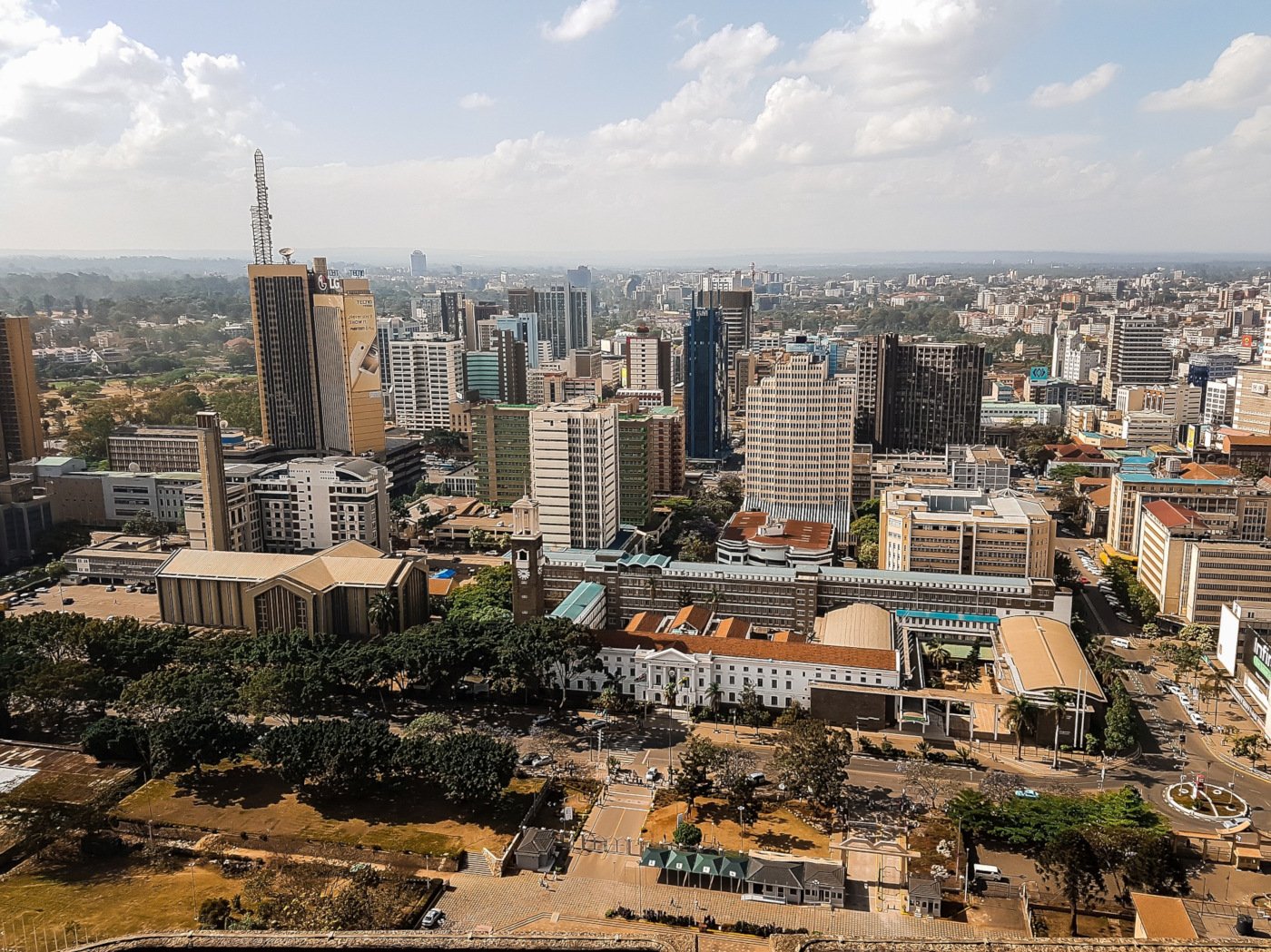Introduction
This insightful paper titled Urban Resident’s Associations and the Management of Services in Nairobi: A Study of the Karen and Langata District Association (KLDA) was submitted by Margaret Wamuyu Muthe as part of her project paper submitted for the Degree of Master of Arts in Development Studies at The University of Nairobi (November 2003).
The basic conclusion we can glean from Margaret’s paper is this: Residents associations will continue to play a vital role in the proper management and development of Kenya’s urban communities.
Abstract
This study examines the role of residents associations in service provision and management, using Karen and Langata District Association (KLDA) as a case study. This is done by searching into the operations of KLDA to establish the governance structure, member’s participation, service provision strategies and the relationship between KLDA and the Nairobi City Council (NCC).
Evaluation of KLDA was done by getting the views of KLDA management team. Further information on KLDA was provided by the members of the association in order to assess their level of satisfaction with the service provision in the area. Leaders of other associations namely, Nairobi Central Business District Association (NCBDA), Buruburu Residents Welfare Association, Dandora Residents Association, Kenya Alliance of Residents Association (KARA), We Care About Nairobi Do It (We Can Do It), Makina Umoja Usafi na Maendeleo (MUUM), Lindi Umoja Usafi na Maendeleo (LUUM), Ushirika wa Usafi Laini Saba (UULS) as well as NCC officials were also interviewed to
complement the case study.
The findings show that residents associations play a central role in service provision to residents and urban policy redirection is needed to incorporate these associations in urban governance, essentially decision making related to service provision. Associations hold democratic elections to choose leaders who are accountable to the members, allow members participation in management of the affairs of associations and provide a channel through which residents benefit from assistance provided by the state and non state actors. However, conflict and lack of coordination exists between associations and the state actors as reflected in the case of KLDA.
Read the full paper here: [pdf, 108 pages, 3MB]

